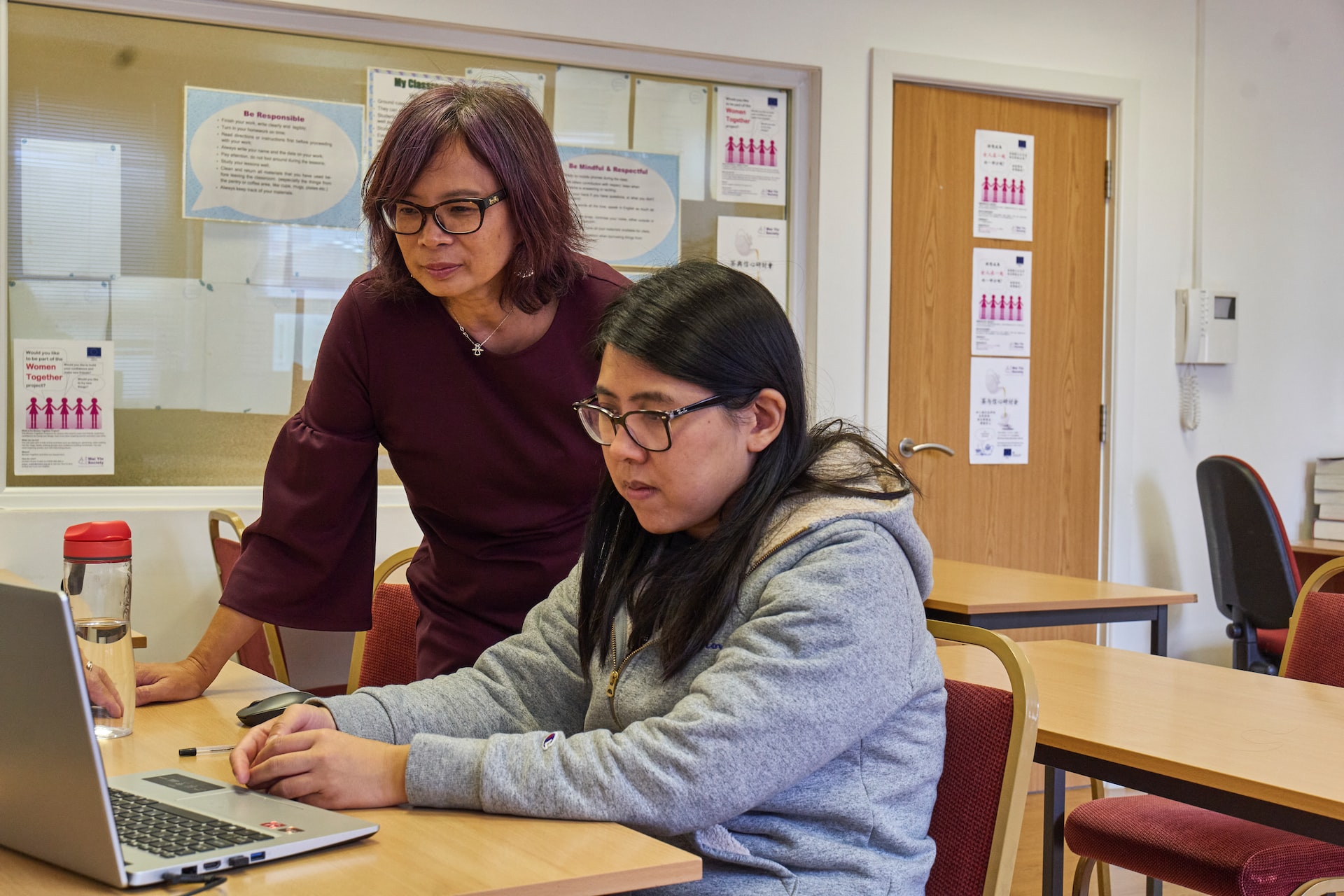
Photo by Centre for Ageing Better on Unsplash
Types of financial aid can be a form of assistance provided to students with the intention of allowing them to pursue their education. It can be in the form of financial assistance, scholarships, or grants.
There are many sources of financial aid in Singapore and each has its own eligibility criteria. To defray tuition fees, you need financial aid. When it comes to education, every family has different needs and financial conditions.
As a result, the type of financial aid that is most suitable for one family might not be suitable for another. There are four types of financial aid that can be used to defray tuition fees in Singapore. They are:
1. Government Tuition Grant
This is the most common form of financial aid available in Singapore. It is for Singapore citizens and permanent residents who are studying in local universities and institutes of higher learning.
In order to qualify, the applicant must meet the means test criteria as determined by the government. The criteria might be the applicant's family's gross monthly income, the applicant's number of siblings, or the applicant's age.
All of criteria are combined to produce a score that will dictate the amount of the grant. If the score is low, the applicant might be eligible for up to 100% of the tuition fees.
Therefore, people tend to put their children into the school system early in order to increase their chances of qualifying for the grant. You need it because the demand for higher education in Singapore is constantly rising.
2. Private Tuition Grant
This is a grant available to Singapore citizens and permanent residents who are studying in private tertiary institutions (which includes those offering foreign degrees). The amount of tuition fees covered will depend on the means test criteria of the private institution.
Eligible students will receive the grant at the start of each academic year. The level of tuition fee subsidy will be pegged to the highest amount of subsidy paid to students in the public tertiary institutions.
Tuition fee subsidy for post-graduate students is pegged to the highest amount of subsidy paid to undergraduate student. If you have financial difficulties, you can apply for the grant to cover up to 100% of the net tuition fees.

Photo by Kyle Gregory Devaras on Unsplash
3. Education Savings Plan
This is a scheme under which parents can use their CPF to save for their children’s tertiary education. There are four schemes in total, with three of them being for Singapore citizens and permanent residents studying at local universities and institutes of higher learning.
The fourth scheme is for Singaporeans studying overseas. When it comes to the first three schemes, parents can open an account with their CPF. And you can use the money in the account for the child’s tuition and other school-related expenses.
The fourth scheme is similar to the first three. But the money in the account can only be used to pay for the child’s tuition. Therefore, if you are a Singaporean student, you and your parents can consider using this scheme to pay for your tuition.
4. Saver-Scholar Account
This is a savings account that parents can use to save for their children’s tertiary education through the Government-run CPF Education Scheme. It offers competitive interest rates that are paid out annually and monthly.
In order to qualify, applicants must be Singapore citizens or permanent residents who are studying in local universities and institutes of higher learning. Saver-Scholar Account is really beneficial for parents who want to start saving for their children’s future early on.
The earlier you start, the more you can save! Beside thaany parents often wonder how much they need to save for their children’s future and the answer is – it really depends on each family’s individual circumstances.
Find out more about academic goals, undergraduate education, and more about studying in Cudy Blog!